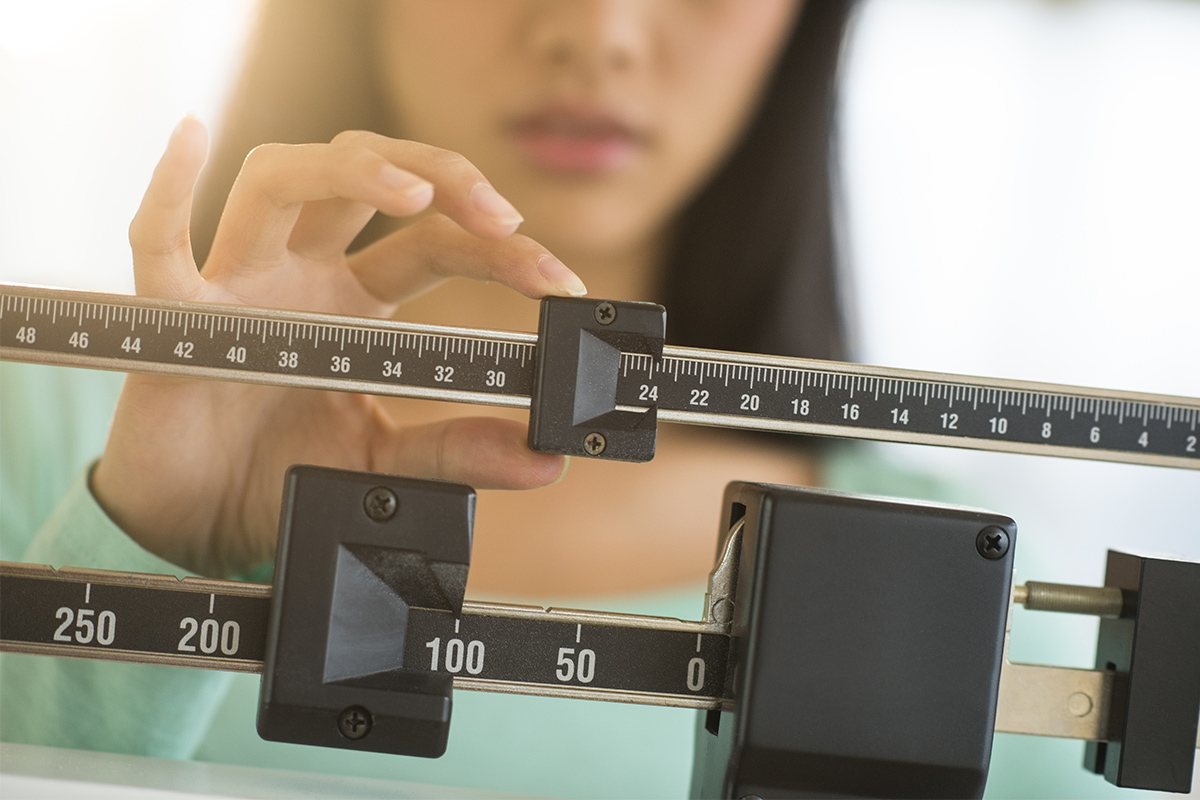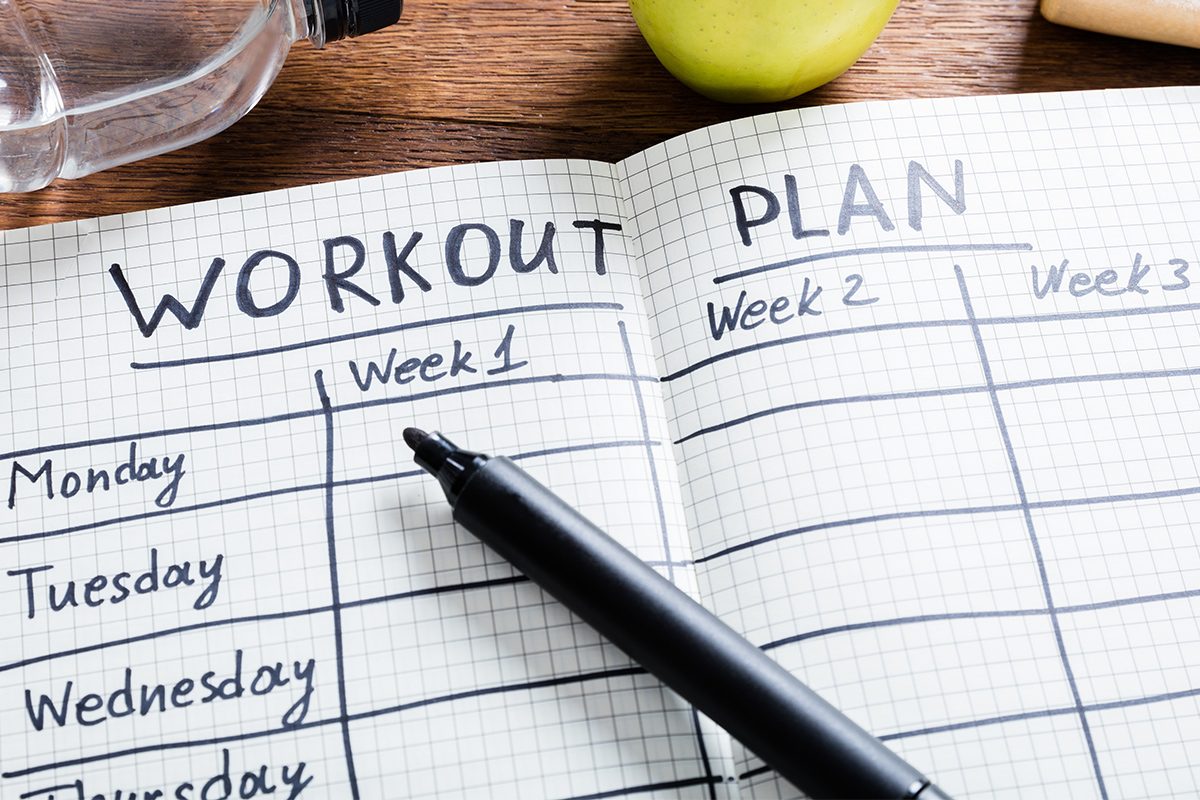
Your Resting Heart Rate and Why It’s Important
Your resting heart rate is the number of times your heart beats per minute (BPM) while at rest.
Why is Heart Rate Important?
Considering your heart is the most important muscle in your body, it is important to know that it’s functioning properly. You want your heart to beat in a rhythm; not too fast, not too slow, and not too erratic.
Typically, an adult’s resting heart rate is between 60-100 beats per minute1. Monitoring your heart rate from time to time is a good idea to know your normal heart rate and to take measures if it becomes abnormal.
Resting heart rate is an indicator of physical fitness. When you first start a training program, it’s likely that you will want to know your resting heart rate. A lower resting heart rate may indicate a sign of good health and a higher degree of being physically fit.
Depending on your age, gender, or medications you are taking, your resting heart rate changes. People who are physically fit generally have a lower resting rate than those who do not exercise regularly. Resting heart rate will typically increase as you age and will be much faster in infants.
The best time to find your resting heart rate is in the morning after a good night’s sleep and before you get out of bed1.
- The best places to find your pulse are the wrists, inside of your elbow, the side of your neck or the top of your foot.
- To get the most accurate reading, put your finger over your pulse and count the number of beats in 60 seconds.
If your range is outside the typical resting heart rate, consult a doctor. Although there is a wide range of normal, an unusually high or low resting heart rate may indicate an underlying problem.
How to Improve Heart Rate
Make Time for Regular Exercise

- Make time for exercising every day, even if it’s just walking. Getting regular exercise stimulates your heart and lowers your heart rate. Aim for aerobic activities like; swimming, cycling, or dancing.
Avoid Sitting for Long Periods of Time

- Studies have found that sitting too long is just as harmful to your body as smoking2. Take more breaks, get up and walk around, stretch your legs, just move your body. Keep yourself active as much as possible to stimulate your heart.
Avoid Smoking

- First of all, we know that smoking is bad and can potentially lead to lung cancer and other diseases, but it also increases the resting heart rate. Quitting can lower your blood pressure and heart rate almost immediately3.
Reduce Stress

- This is the one that is sometimes out of our control, but if you have a lot on your mind, such as work, family, money, you’re probably stressed. If you are mindful of the stress in your life it’s a good idea to do things for yourself that reduce stress like; meditation, yoga, exercise, massage, and deep breathing. Find ways to calm yourself down to reduce stress and your heart rate.
Take measures to improve your heart rate by exercising or leading an active healthy lifestyle. Keep your heart happy!
For more on heart health, listen to our podcast on 5 Simple Ways to Improve Your Heart Health. To access our monthly blog post highlights, subscribe to our newsletter today!
SOURCES
1. American Heart Association. Getting Active How do I calculate my heart rate? October 2016
2. The Active Times. Sitting is the New Smoking – 7 Ways a Sedentary Lifestyle is Killing you The research on the sitting epidemic and the results aren’t good. September 2014
3. Smokefree.gov Benefits of Quitting The health benefits of quitting smoking can help most of the major parts of your body: from you brain to your DNA


























